Сегодняшний день стал настоящим испытанием для пассажиров Ташкентского метро, особенно для студентов, пытавшихся попасть на занятия. На станции «Беруни» наблюдалось огромное столпотворение, которое попало на многочисленные видео, моментально разлетевшиеся по соцсетям. В вестибюле и на платформах не было ни одного свободного места, что создало потенциальную опасность для ЧП. Официальных комментариев по ситуации пока не поступало, но очевидно, что, если ничего не предпринимать, ситуация только ухудшится.
Коллапс назревает: причины и перспективы
Станция «Беруни» — одна из самых загруженных в столице, так как рядом расположены крупные вузы Узбекистана, включая Национальный университет и Ташкентский государственный технический университет. Тысячи студентов ежедневно приезжают сюда на учёбу, и метро, как основной вид транспорта, просто не справляется с таким количеством пассажиров.
Сейчас количество пассажиров в метро выросло до 920-930 тысяч человек в день, а к октябрю-ноябрю прогнозируется рост до 1 миллиона. Однако подвижной состав явно не рассчитан на такие нагрузки. Значительная часть вагонов, курсирующих по линиям Ташкентского метро, ещё советского производства. Они устарели как морально, так и физически. Нехватка подвижного состава становится причиной увеличивающегося интервала между поездами, что в часы пик усугубляет ситуацию на платформах. В то время, как количество пассажиров растёт с каждым годом, транспортная инфраструктура не поспевает за этим ростом.
Ташкент и Москва ведут переговоры о поставке 60 новых вагонов (15 составов) в 2024-2025 годах, но когда они поступят и смогут ли полностью решить проблему, пока неясно, ведь российский производитель «Метровагонмаш» испытывает санкционное давление со стороны Запада. В любом случае, это не решение, которое можно ожидать в ближайшие месяцы.
Сегодняшнее столпотворение на «Беруни» — это не исключение, а, к сожалению, новая реальность для многих ташкентцев. И дело не только в студентах — с началом учебного года нагрузка на метро возрастает, но проблема распространяется на весь город.
Что можно сделать прямо сейчас?
Одной из предлагаемых мер для снижения нагрузки на метро является временный разброс начала занятий в вузах. В этом учебном году занятия стартуют с 8:00 до 9:30, что должно было хотя бы частично разгрузить метро в утренние часы. Однако уже сейчас очевидно, что разрыв по времени недостаточен. Чтобы достичь реального эффекта, необходимо продлить это «окно» до 11:00.
Кроме того, чтобы снизить нагрузку на метро, нужны системные решения:
1. Увеличение числа составов. Из-за дефицита новых вагонов, возможно, стоит рассмотреть возможность параллельной закупки поездов у другого производителя, на которого не наложены санкции, или, если у метрополитена просто нет денег, правительство должно выделить их из госбюджета.
2. Развитие альтернативного транспорта. Наземный общественный транспорт может стать хорошей альтернативой. Для этого нужно увеличить количество автобусов и маршруток на ключевых маршрутах, чтобы перенаправить часть пассажиров с метро на автобусы. Также хорошим решением может стать запуск отдельных экспресс-автобусов от ключевых точек в городе до вузгородка.
3. Создание условий для велосипедистов. Развитие велоинфраструктуры позволит разгрузить метро и сократить количество людей, которые ездят на короткие дистанции.
4. Гибкие графики для госучреждений и компаний. Не только студенты, но и работники госструктур могут передвигаться по городу в разное время. Это требует координации и внедрения гибких графиков работы. Можно, например, сделать рабочий день во всех госструктурах с 10.00.
Опасность давки и необходимость немедленных решений
Видео, заполнившие социальные сети, показали серьёзные риски для пассажиров на станциях метро. Давка и отсутствие свободного места могут привести к трагическим последствиям. Если ситуация с метро в Ташкенте не будет решаться оперативно, есть вероятность возникновения чрезвычайных ситуаций, угрожающих безопасности людей.
В условиях, когда платформы и вестибюли перегружены, метрополитену важно уже сейчас обеспечить контроль и предотвратить возможные ЧП. Метро должно предусмотреть специальные меры безопасности на случай возникновения экстренных ситуаций.
Ташкентское метро стоит на грани перегрузки, и сегодняшние события это ясно демонстрируют. Впереди зима, когда нагрузка на транспортную систему только увеличится, и если срочно не принять меры, ситуация станет катастрофической. Пока новые составы ещё только маячат в перспективе, столице нужно срочно искать краткосрочные и долгосрочные решения для этой проблемы. Транспортная система столицы должна стать более гибкой, безопасной и эффективной для всех жителей города. Но вот есть ли среди столичных чиновников и руководителей метрополитена люди, способные мыслить нестандартно, креативно и проталкивать сложные, но нужные решения? Вот это большой вопрос.
Здесь важно понимать, что Ташкент развивается стремительными темпами, и количество жителей, студентов и туристов будет только расти. Если сегодня мы видим перегруженное метро, что будет через 5-10 лет? Для решения проблемы необходима комплексная стратегия. Важно не только строить новые ветки метро, но и интегрировать все виды общественного транспорта в единую систему.
Всё это требует значительных инвестиций и времени, но другого пути нет. Ташкент уже не может позволить себе игнорировать транспортные вызовы, которые становятся частью повседневной жизни его жителей. Время действовать — и делать это быстро, иначе мы погрузимся в настоящий транспортный коллапс.

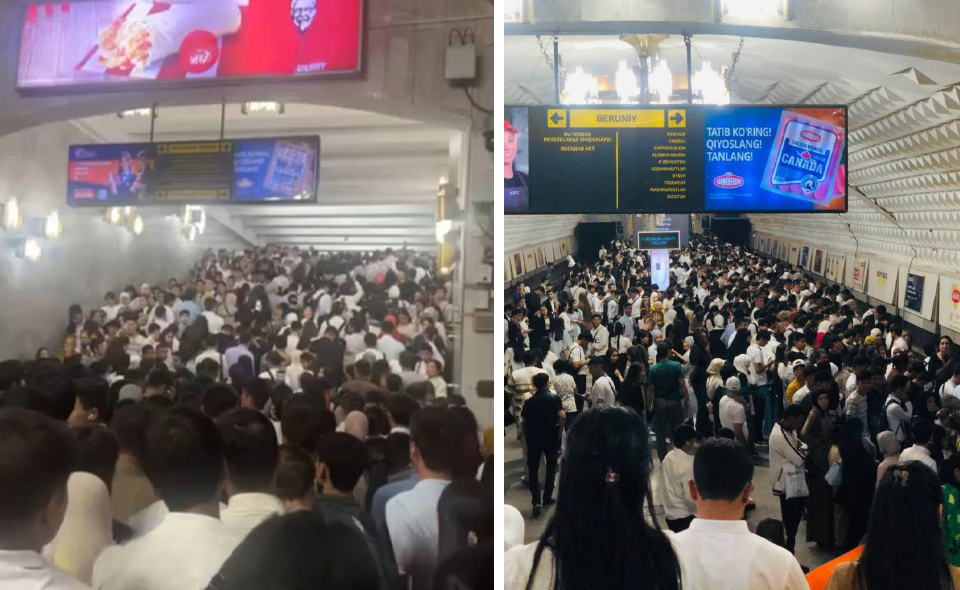
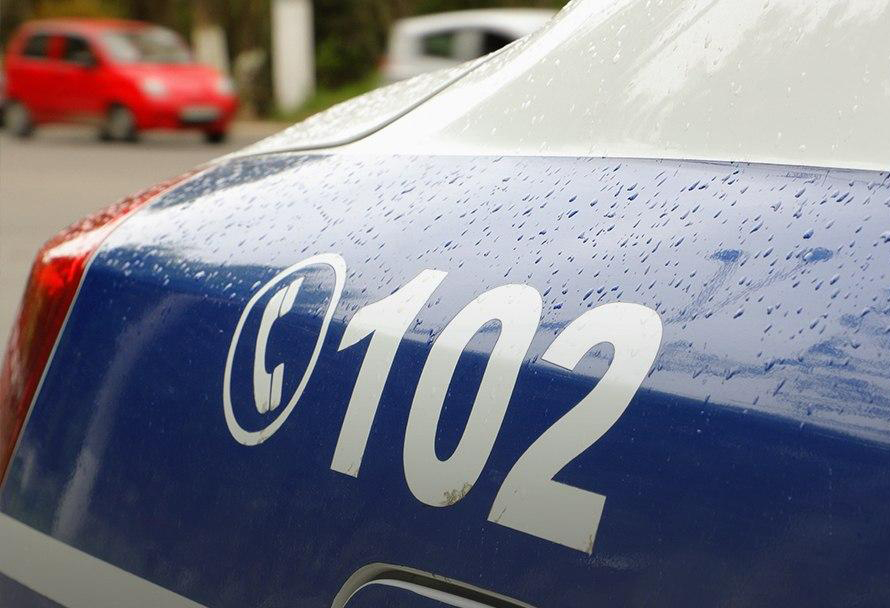
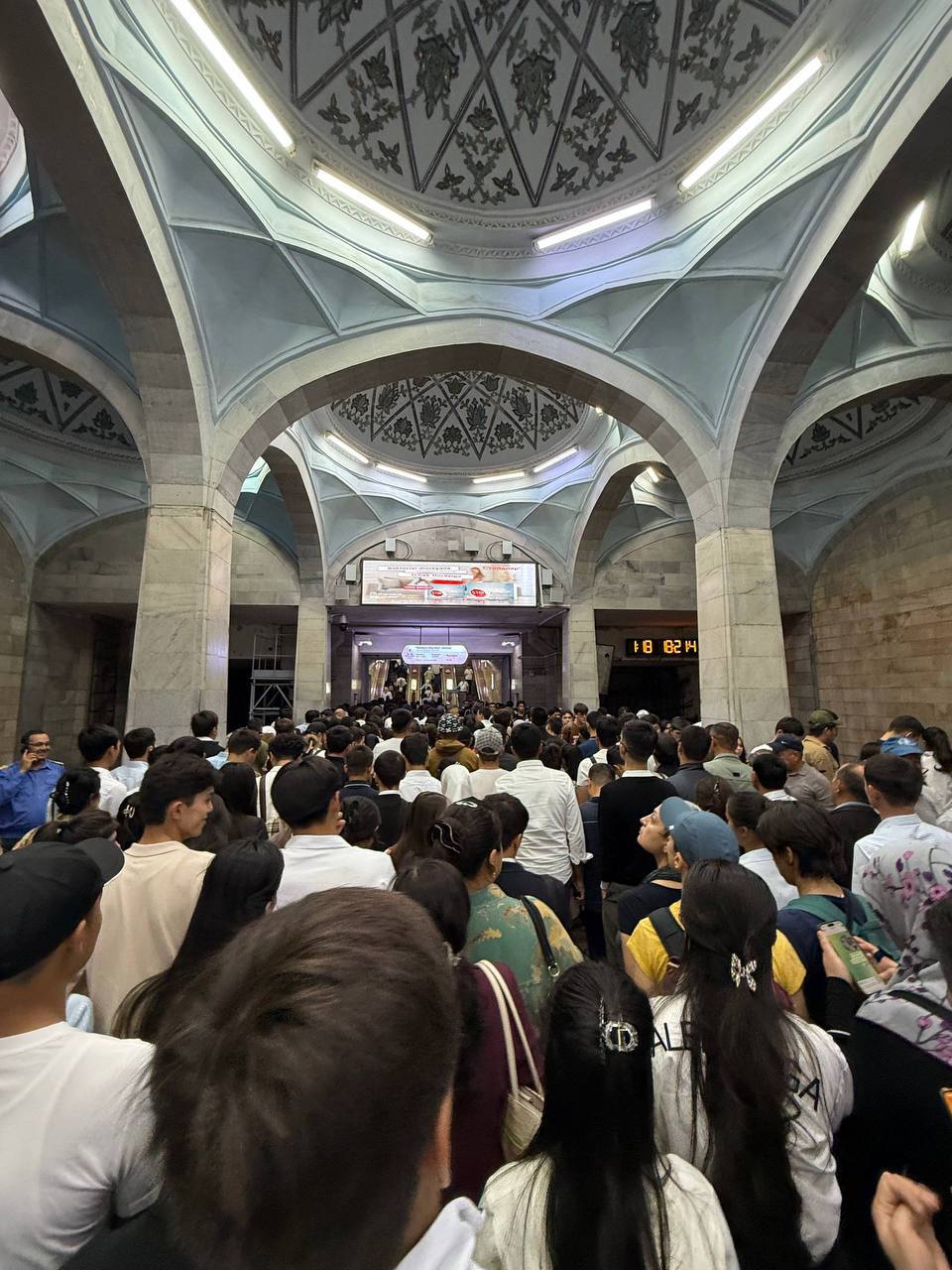
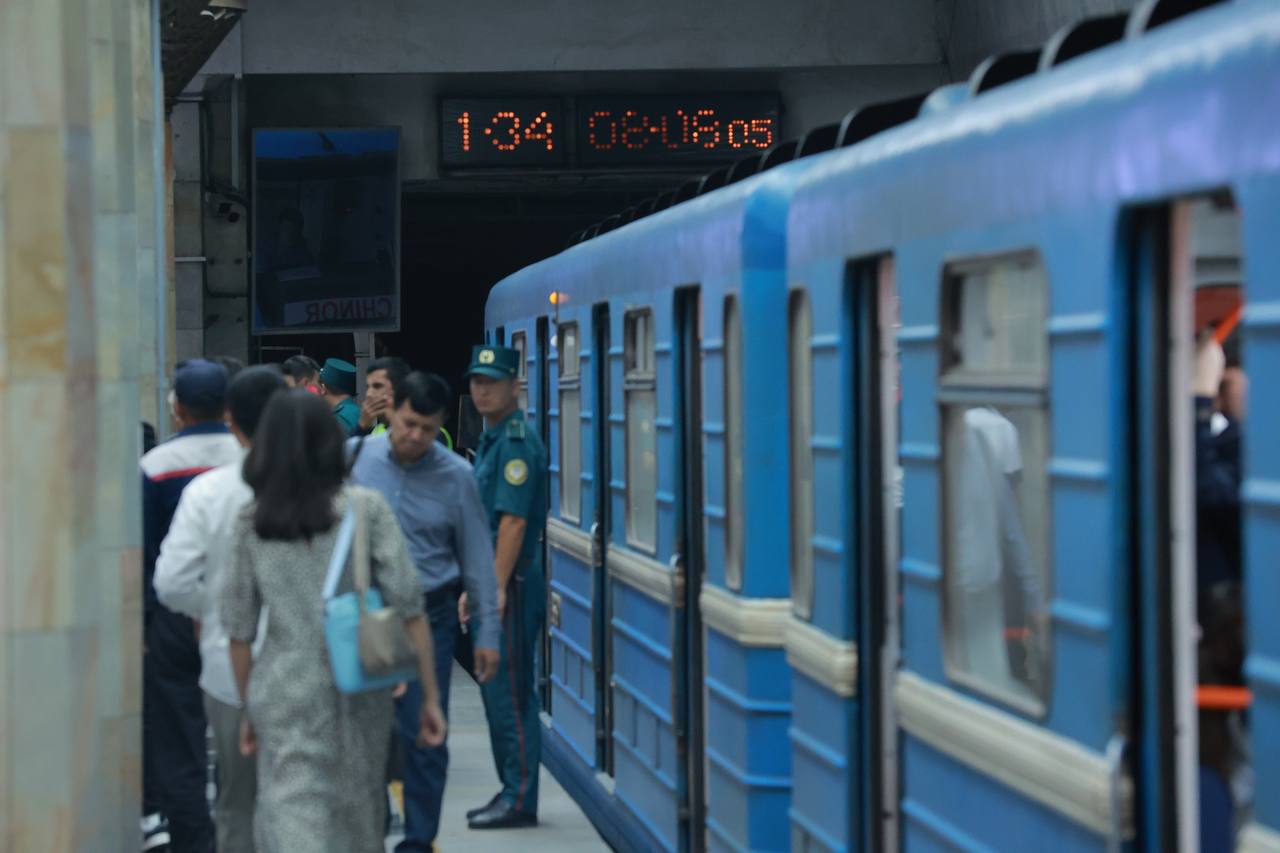
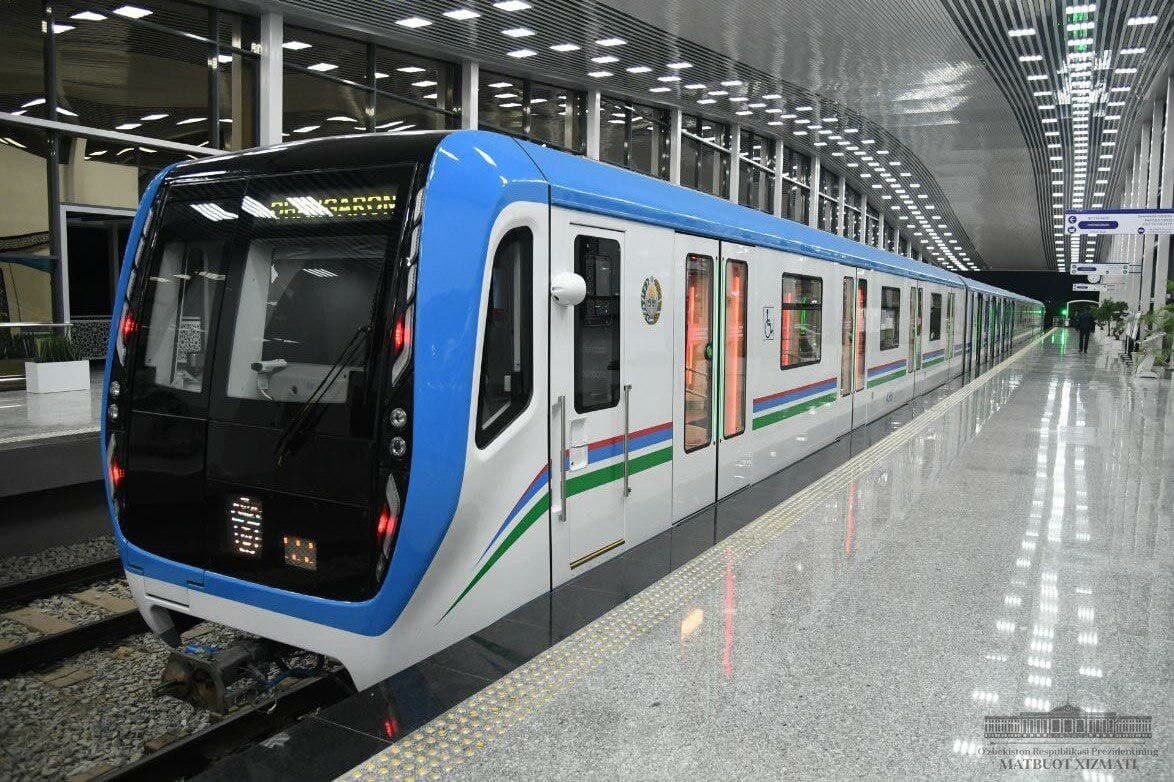
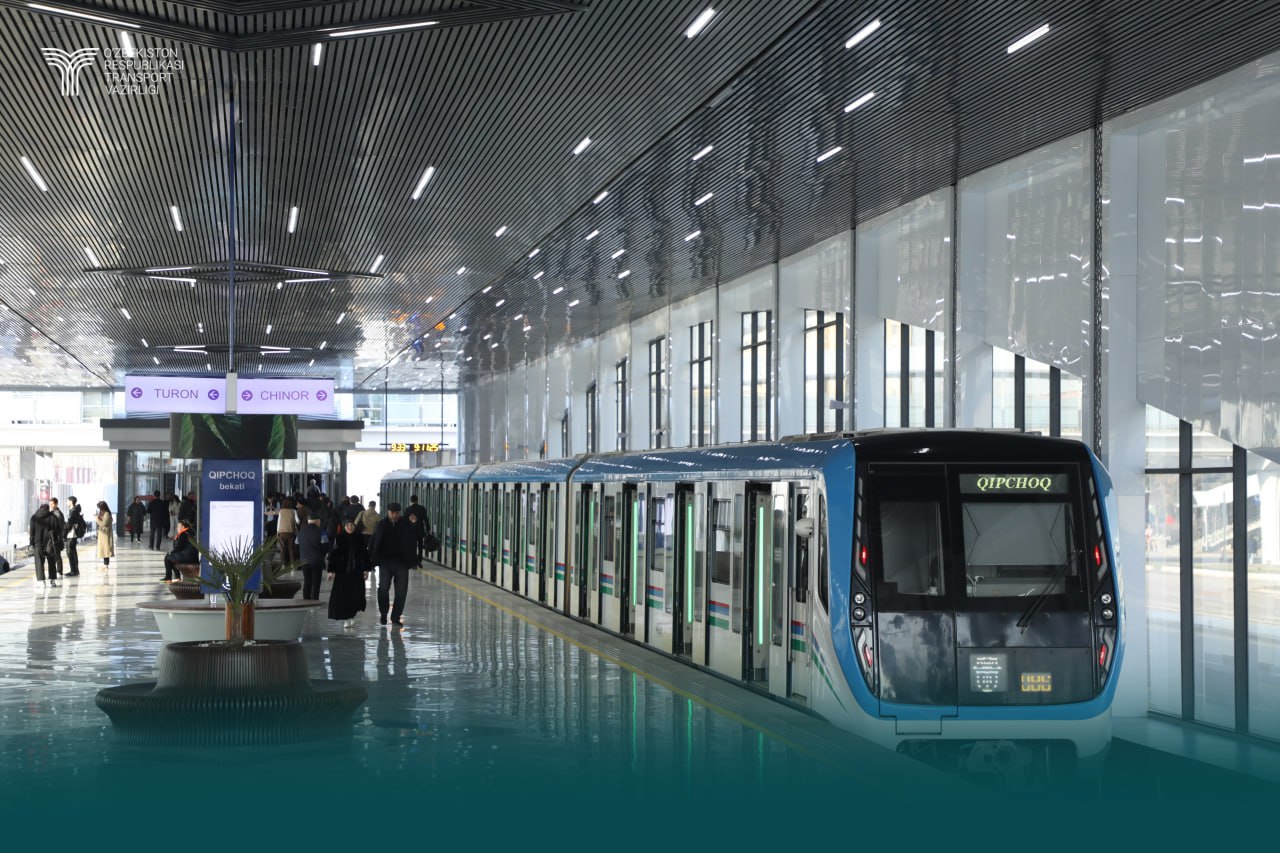
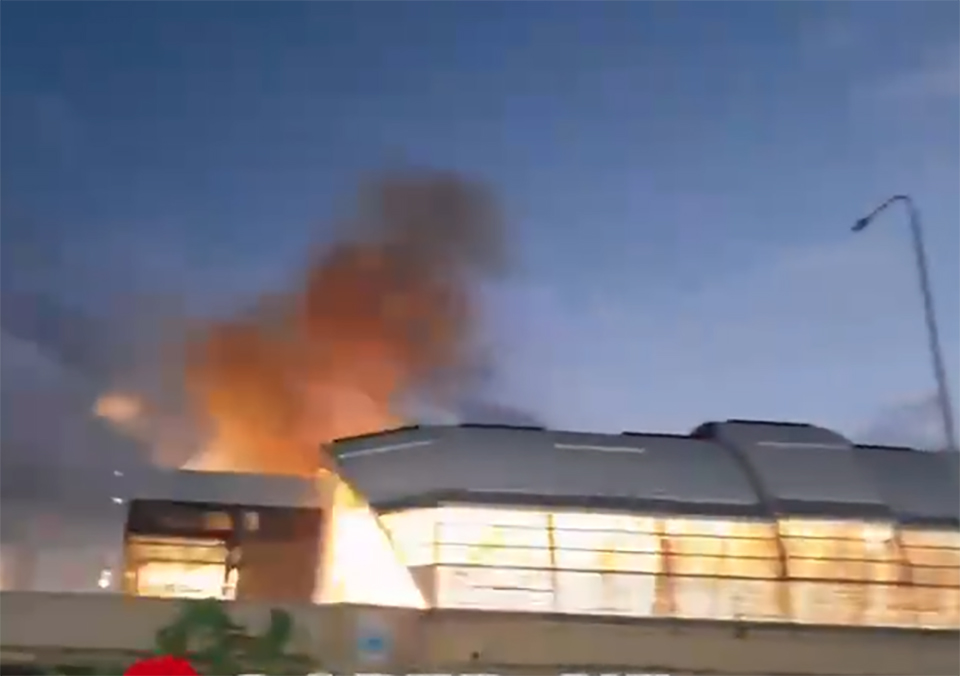
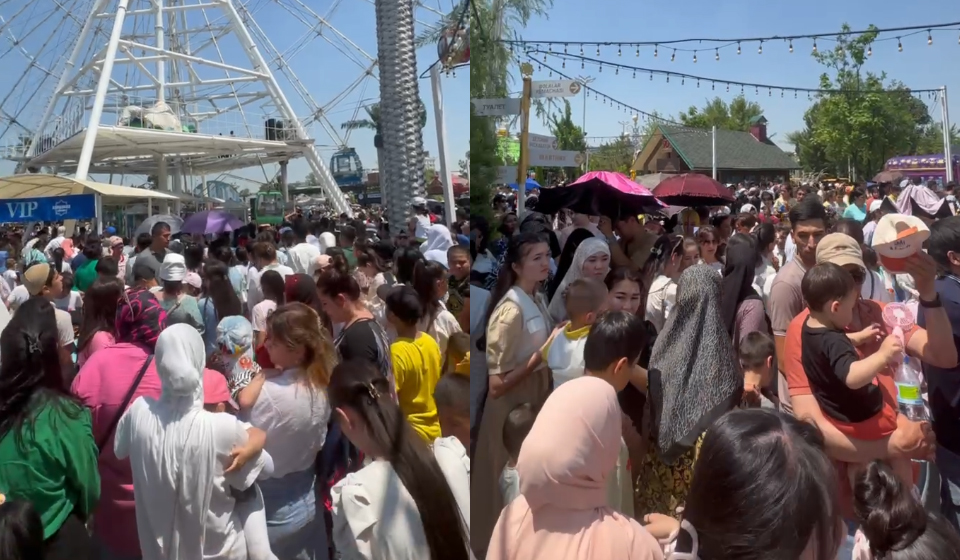
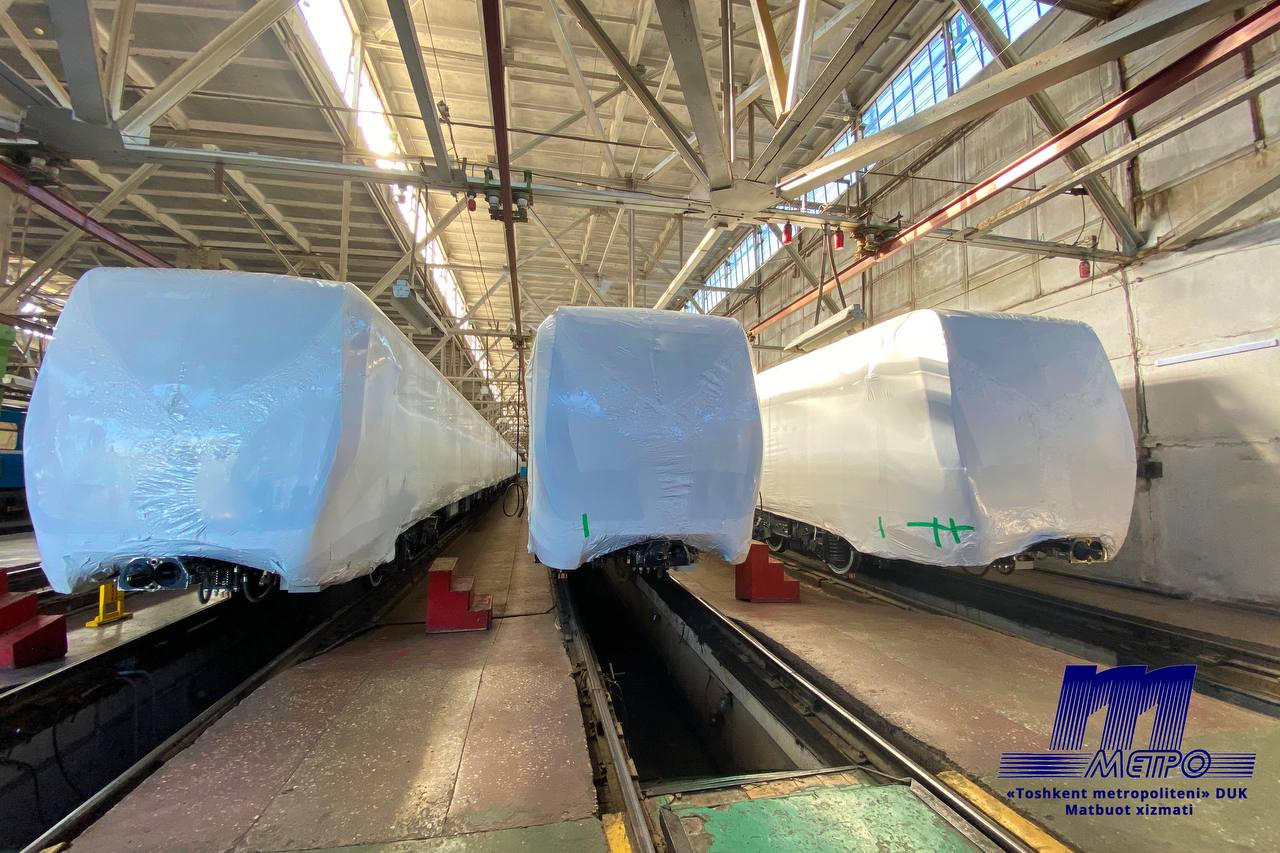
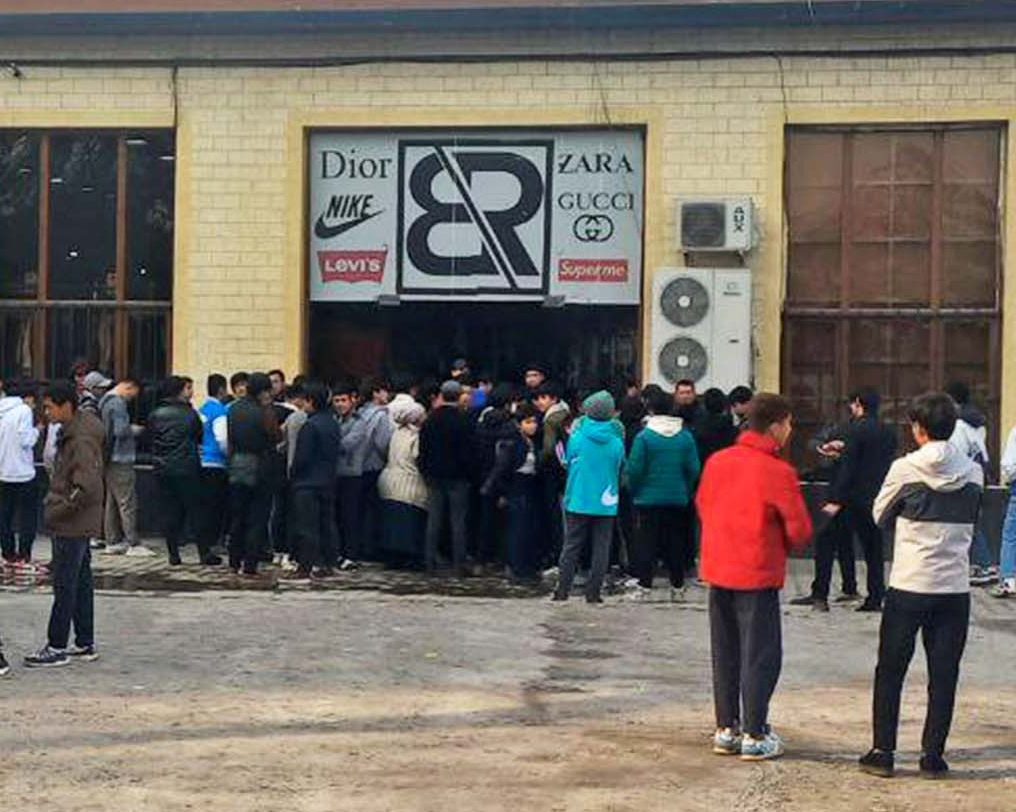
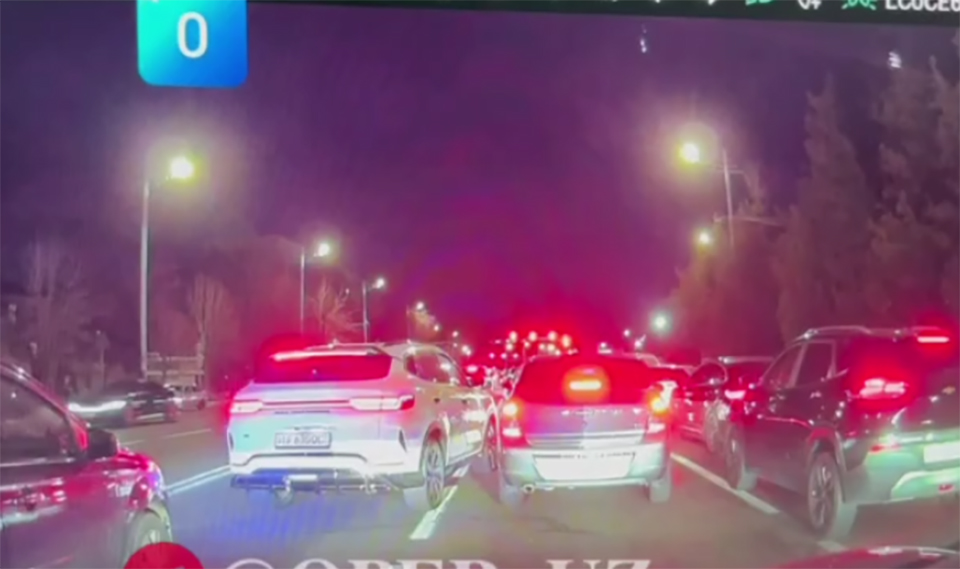
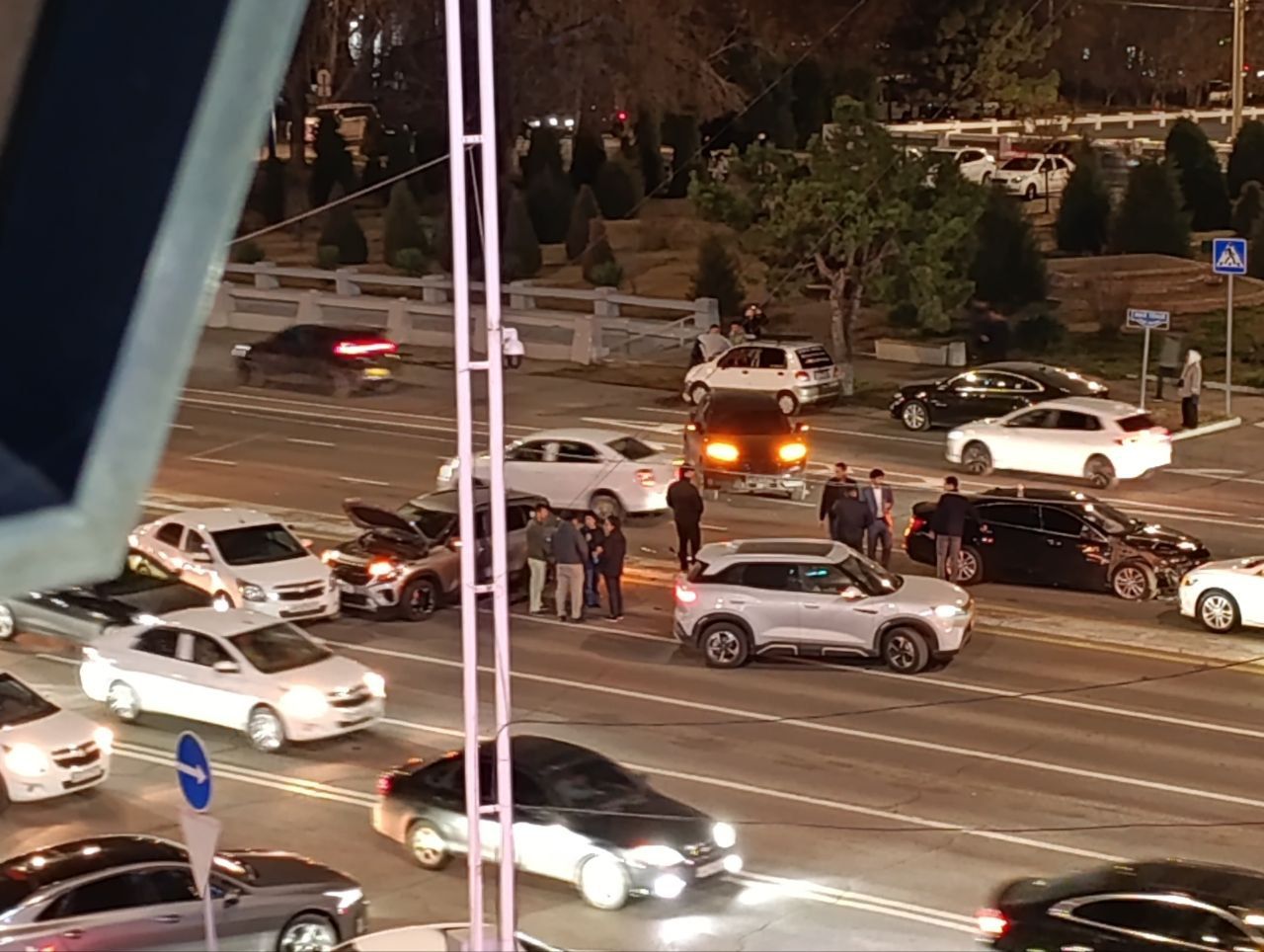
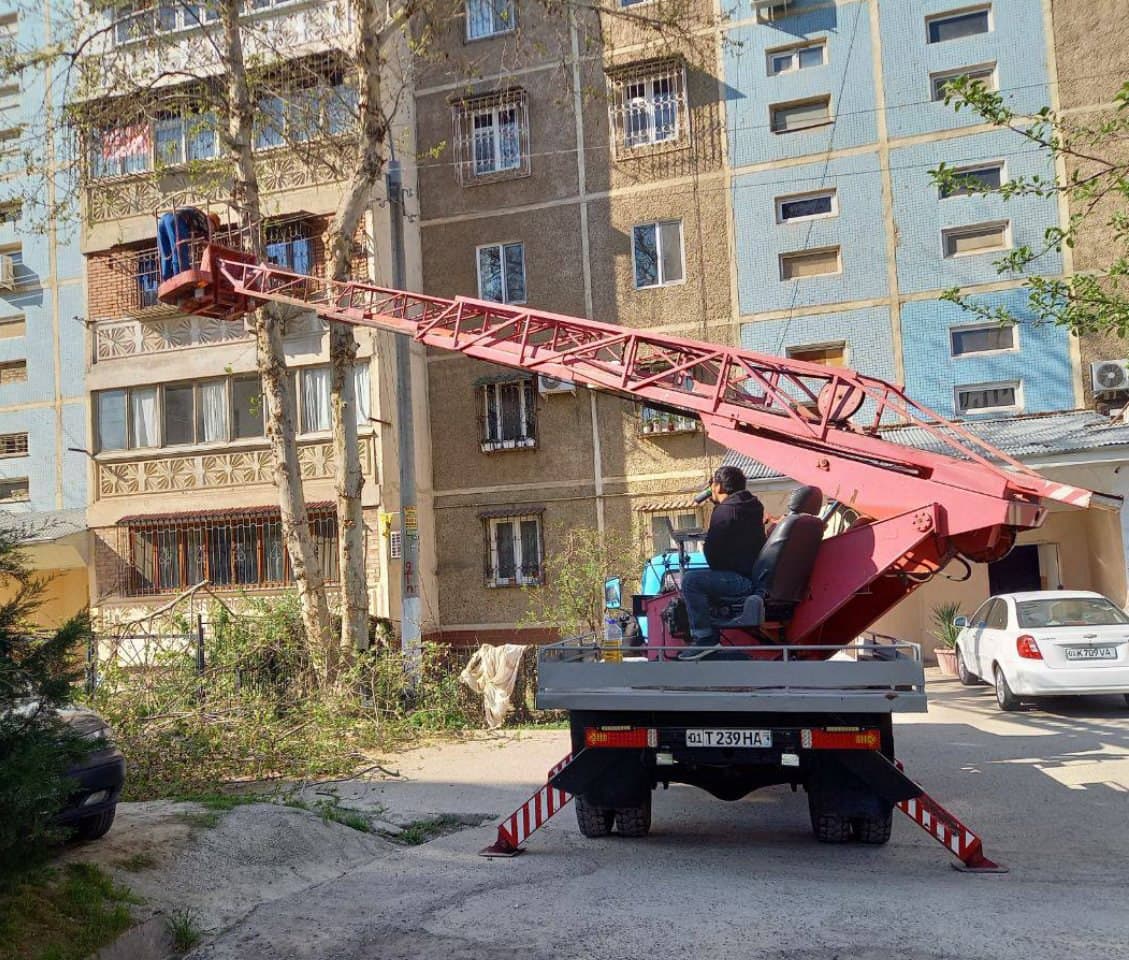
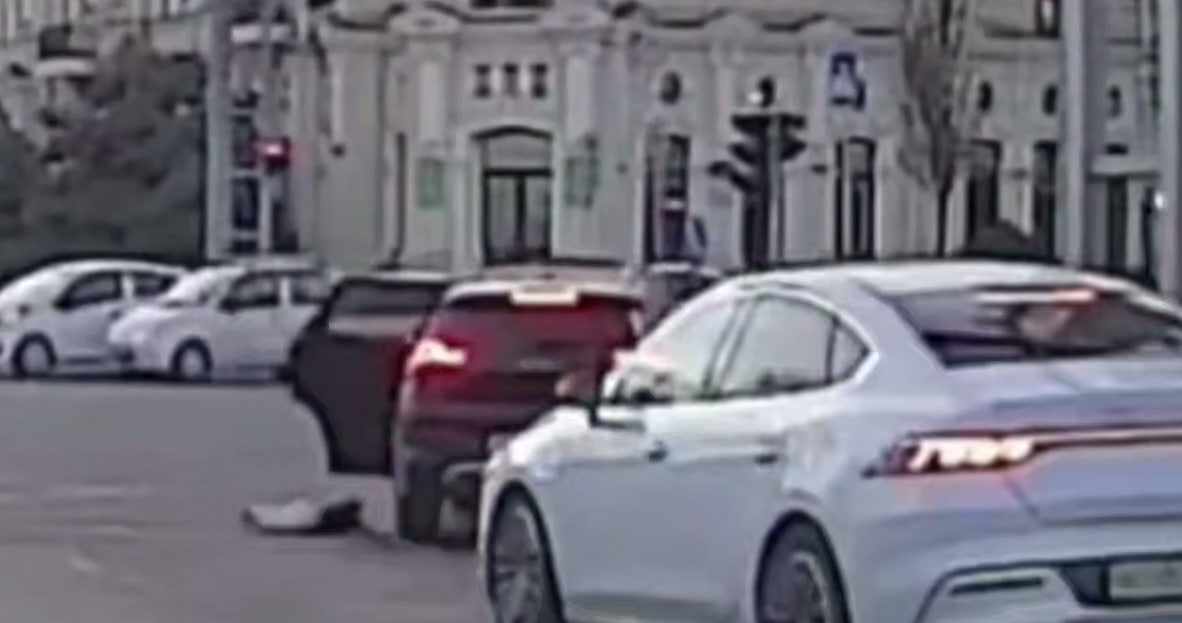

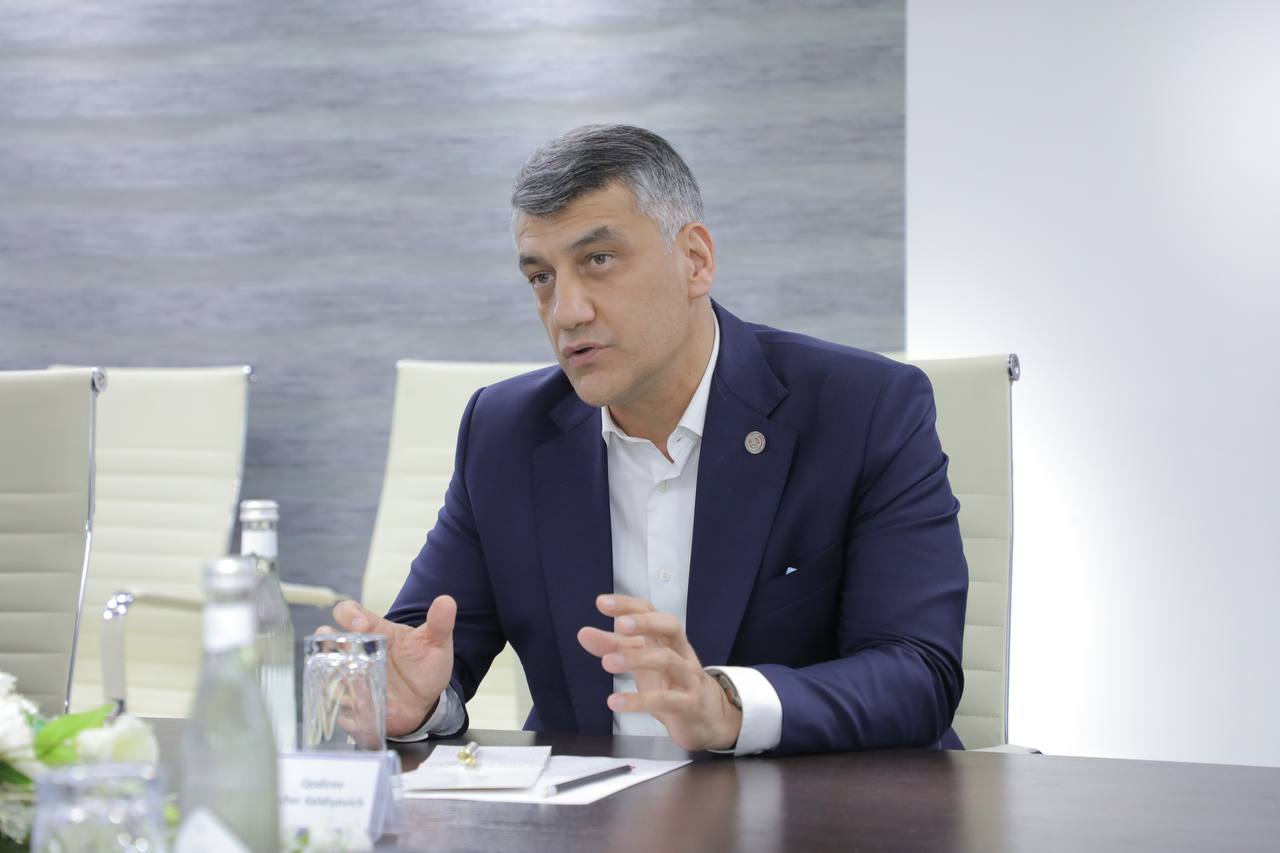



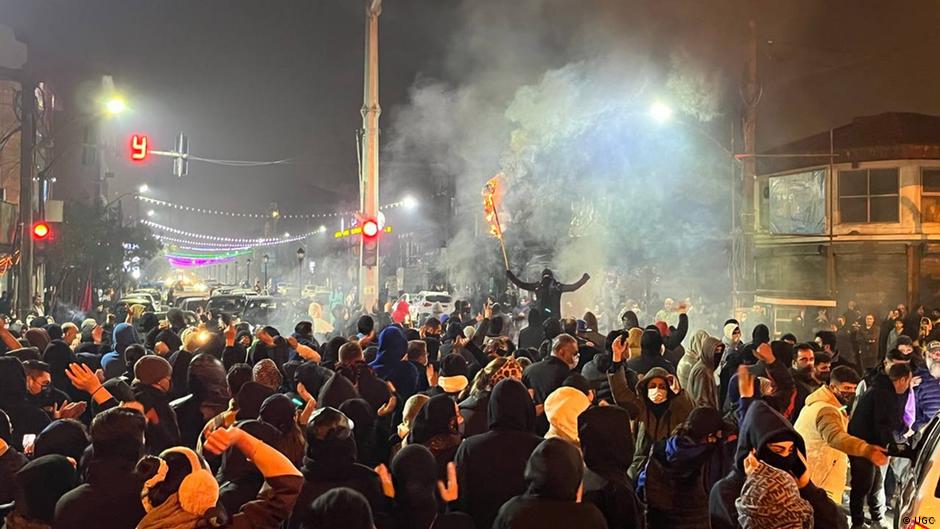
Надо все ВУЗ Ташкента перенести в новый Ташкент а не министерства и ведомства